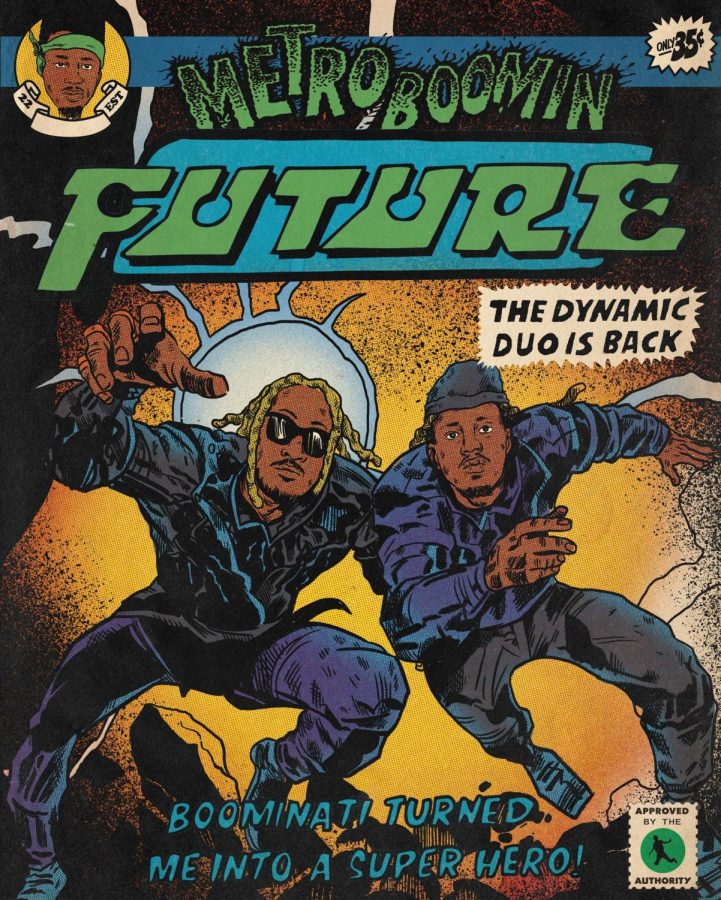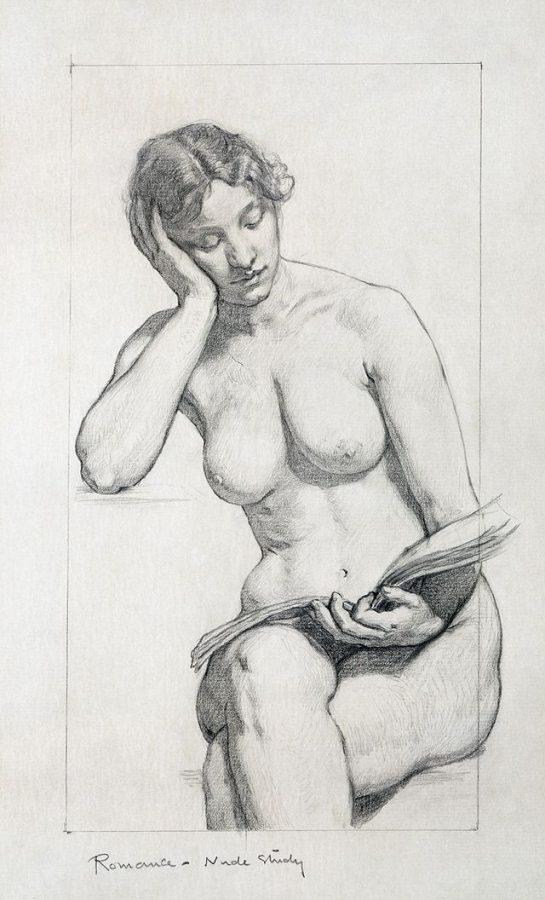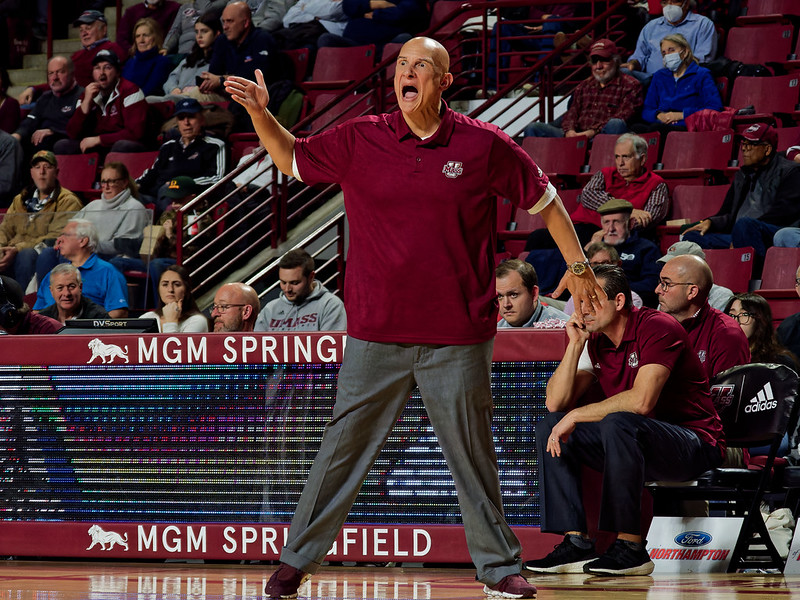With features from hip-hop superstars like Future, 21 Savage, The Weeknd, Travis Scott and more, Metro Boomin’s second studio album, “Heroes & Villains,” garnered fan excitement. Metro Boomin is widely recognized as one of the best producers in rap, but it was more than just his reputation or the features that generated this hype.
The promotion for the album was unlike anything I’ve ever seen in music. On his Instagram, Metro Boomin posted comic-book art in which every featured musician was depicted as either a hero or a villain. Some were obviously heroes, others were obviously villains and some were intentionally ambiguous.
Metro followed these images up by posting a short film. The film had parts of his new songs and starred big-name actors LaKeith Stanfield (playing the villain) and Morgan Freeman (playing Metro Boomin’s mentor). In the short film Stanfield bombarding the streets of Metropolis in a firetruck rigged with flamethrowers. The whole city is burning, and Metro Boomin watches the chaos from his hero headquarters, apprehensive about stepping in. Freeman eventually nudges him in the right direction, and the city is saved.
The villain of the film drives around in a firetruck, destroying the city with fire. People tend to associate firetrucks with firemen, real-life heroes that save lives every day. The visual of the villain causing chaos and committing acts of evil in something that heroes typically drive is striking.
The hero, played by Metro Boomin himself, doesn’t talk at all in the film, which is rare. We always see heroes use their words to charm the audience and characterize themselves: Ironman is witty, Captain America is honorable and Spiderman is innocent. Metro Boomin’s silence as the hero figure is rare.
Through symbolism, Metro Boomin commentates on what it’s like to live under the public’s microscope, allowing the album to feel more contemporary. When I first listened to the album, I mentally labeled every song and artist featured either as a hero or a villain. By the end, I was confused why some heroes appear in villain songs and vice versa. I thought I could’ve simply been wrong in determining who was a hero or villain, but then I realized anybody in the album could be either a hero or a villain. They’re not the ones who choose who they are.
Today, heroes and villains are shaped by labels and public recognition. Once under the public spotlight, you have no choice in who you are. You’re labeled something, and until you prove otherwise, that’s what you are.
Sometimes people get it right and we award good-hearted individuals the title of hero, and they go on to do great things for the world. But sometimes we get it wrong. Sometimes we give bad people a good name, and they use it against others to propel themselves forward. Other times the people we idolize and claim as our heroes become corrupted from attention. The amount of scrutiny we put celebrities under is bound to reveal some flaw in their character, and when it does, we toss them aside, forgetting that they are people too. This is how villains are made today. They either planned on using the firetruck for evil, or they made that decision after we forced their hand with hatred.
The real modern-day heroes, however, are made through a different process. Great teachers who change kids’ lives through education. parents that provide a safe home for their families. Servicemen and women protecting their country. These are heroes who are not often heard by the public. They fly under the radar, doing what they do for the good of others, sometimes unaware of the impact they have. I think this is what the silence of the hero symbolizes in the “Heroes & Villains” short film. It shows that real heroes aren’t in it for glory, but instead do what must be done for the good of others, without the need for attention or admiration.
The album is called “Heroes & Villains,” not “Heroes vs. Villains.” They’re not against one another. They can’t control their title, but they can control who they fight, and in this album, they’re fighting the labels themselves.
Zach Hatfield can be reached at [email protected].



















K a t h y • Feb 8, 2023 at 5:08 pm
I think that was the most insightful and thought-provoking articles I’ve read in quite some . I think it was marvelous!